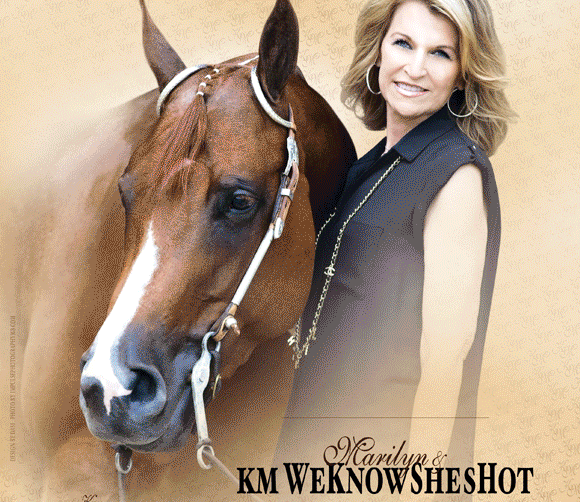Hay Before Grain or Vice-Versa?
Which should be fed first – hay or grain? If you’re feeding correctly, this issue is truly a moot point because the horse should have access to forage (hay and/or pasture) 24/7 with no gaps. Therefore, when fed concentrates, the horse’s digestive tract should already have hay flowing through it.
If fed starchy cereal grains (oats, corn, barley, etc.) on an empty stomach, the horse will produce even more acid (potentially leading to ulcers) and it will be leave the stomach quickly. When this happens, there is a risk that it will not be fully digested in the small intestine (especially if large amounts are fed), and end up in the hindgut where starch can be fermented by the bacterial population. This can lead to endotoxin-related laminitis.
If hay is present in the stomach first, it creates a physical barrier for the grain to move out of the stomach as quickly. Since starch does not get digested in the stomach, the grain is simply mixed and churned into a semi-liquid mass, which enters the small intestine where it can be digested down to glucose. If there is hay present, fiber mixes with the starch and the whole mass enters the small intestine. Fiber is not digested until it reaches the hind gut, but its presence slows down the digestion of starch, and obstructs the absorption of glucose into the bloodstream, leading to a less dramatic rise in insulin.
 One thing to note – there is more water involved when hay is present (from increased drinking and saliva production). This is a good thing since digestion within the small intestine cannot take place without water.
One thing to note – there is more water involved when hay is present (from increased drinking and saliva production). This is a good thing since digestion within the small intestine cannot take place without water.
Juliet M. Getty, Ph.D. is an independent equine nutritionist with a wide U.S. and international following. Her research-based approach optimizes equine health by aligning physiology and instincts with correct feeding and nutrition practices. Dr. Getty’s goal is to empower the horseperson with the confidence and knowledge to provide the best nutrition for his or her horse’s needs.
Dr. Getty’s fundamental resource book, Feed Your Horse Like a Horse, is available in paperback as well as in hardcover, searchable CD and Kindle versions. All except the Kindle version are available at www.GettyEquineNutrition.com — buy the book there and have it inscribed by the author. Print and Kindle versions are also available at Amazon (www.Amazon.com); find print versions at other online retail bookstores. The seven individual volumes in Dr. Getty’s topic-centered “Spotlight on Equine Nutrition” series are available with special package pricing at her website, and also at Amazon in print and Kindle versions. Dr. Getty’s books make ideal gifts for equestrians!
Find a world of useful information for the horseperson at www.GettyEquineNutrition.com: Sign up for Dr. Getty’s informative, free e-newsletter, Forage for Thought; browse her library of reference articles; search her nutrition forum archives; and purchase recordings of her educational teleseminars and interviews. Find top-quality supplements, feeders, and other equine-related items, at her online Free Shipping Supplement Store[i]. Reach Dr. Getty directly at gettyequinenutrition@gmail.com.











